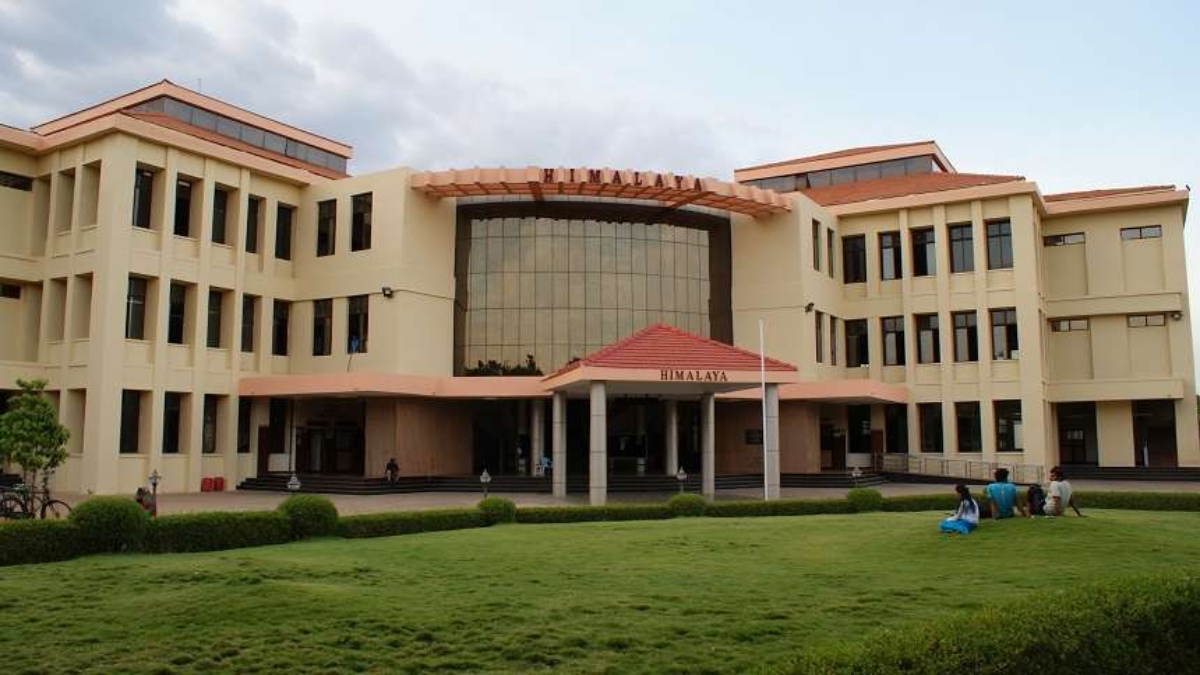


Indian Institute of Technology (IIT) Madras on Tuesday announced the launch of a paper-based sensor for the detection of antimicrobial pollutants, developed in collaboration with UK researchers.
The scientific community across the world is focused on Antimicrobial Resistance (AMR), which could become a worldwide health crisis involving deadly pathogens. Water bodies are a major source for the dissemination and transfer of AMR. Periodic monitoring of antimicrobial pollutants and antibiotic-resistant genes is the key to assess the current situation of AMR in India.
In these conditions, low-cost and field-deployable sensors to detect pollutants in water bodies could be a viable tool for environmental surveillance.
The sensor will assist in antimicrobial resistance surveillance in water bodies, and can detect antibiotics such as ciprofloxacin, biocides such as triclosan, and heavy metals such as chromium, copper and lead in water bodies and can be used for environmental monitoring, food safety analysis and healthcare monitoring.
This research was funded by the Department of Science and Technology (DST), Government of India in bilateral collaboration with the UK’s Natural Environment Research Council and Engineering and Physical Sciences Research Council (EPSRC) under the Indo-UK Water Quality Research Programme.
Elaborating on the unique aspects of this research, Prof. S. Pushpavanam, Institute Chair Professor, Department of Chemical Engineering, IIT Madras, said, “Paper-based sensor offers an affordable platform for various point-of-care applications as they support fluid flow based on a wicking action and governed by capillary forces. This eliminates the requirement of pump-to-flow liquids. We have come up with a novel method for the fabrication of paper-based devices using a commercial laser printer.”
Speaking about the technical aspects of this sensor, Prof. Pushpavanam said, “The way it works is that we use a porous substrate such as paper, which enables us to use standard software to print required designs on it. Once printed, the printer ink is deposited on the surface of the paper. When heated this penetrates the thickness of the paper and forms a hydrophobic barrier through which liquid cannot pass. This allows us to direct the flow of liquid in preferential directions through the areas which are not printed and are hydrophilic.”